Top Silent Hill Monsters: Symbolism Explored
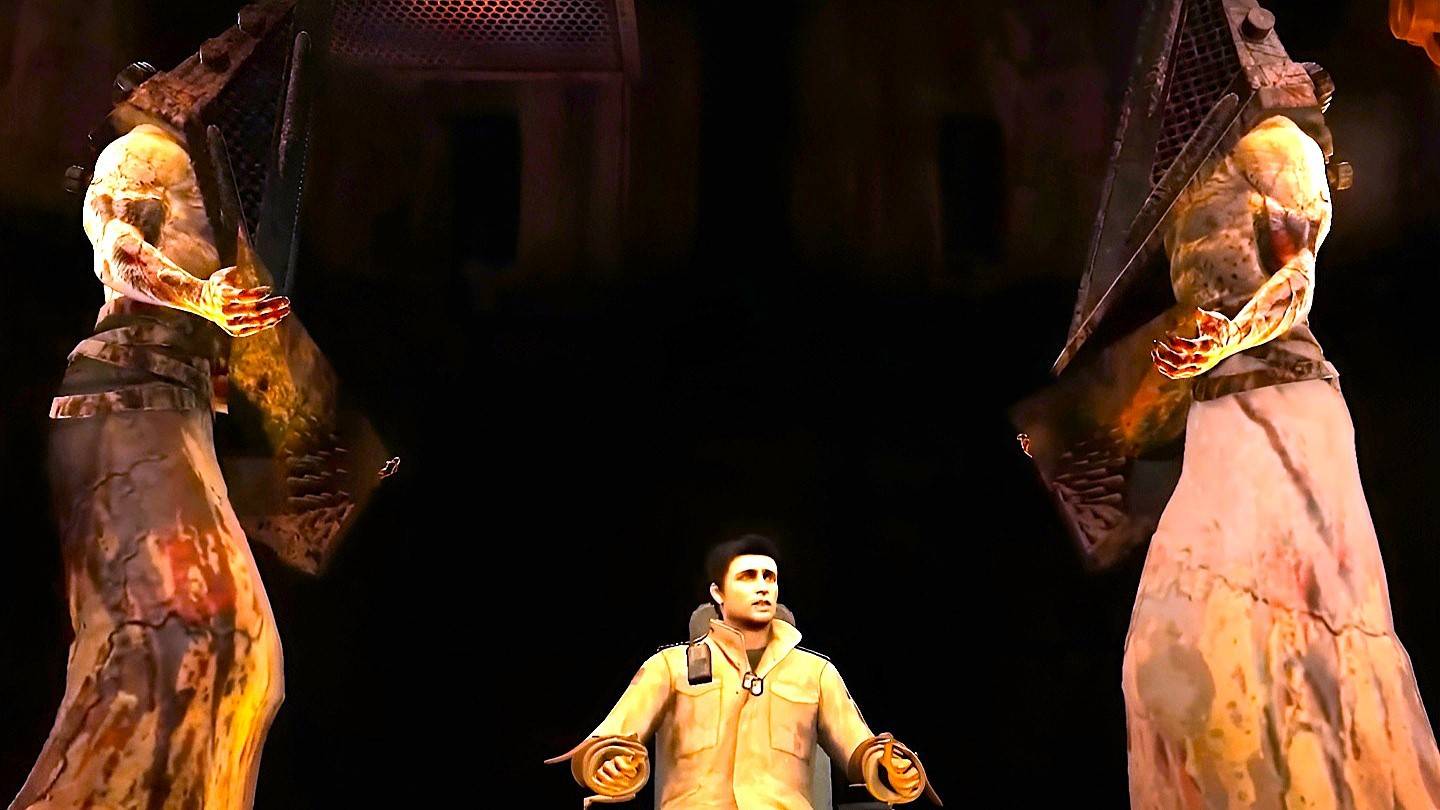
In the world of survival horror, the Silent Hill series stands out by delving deep into the psyche of its characters, using the town's supernatural influence to manifest personal fears and traumas. This psychological approach distinguishes it from other games in the genre, which often focus on external threats. With its rich use of symbolism and intricate narratives, the series can be challenging to fully comprehend. Yet, the creators have thoughtfully scattered clues throughout the games to help players decipher the deeper meanings. This article dives into the symbolism behind the creatures encountered in the Silent Hill series. Be warned—spoilers lie ahead.
 Image: ensigame.com
Image: ensigame.com
Pyramid Head
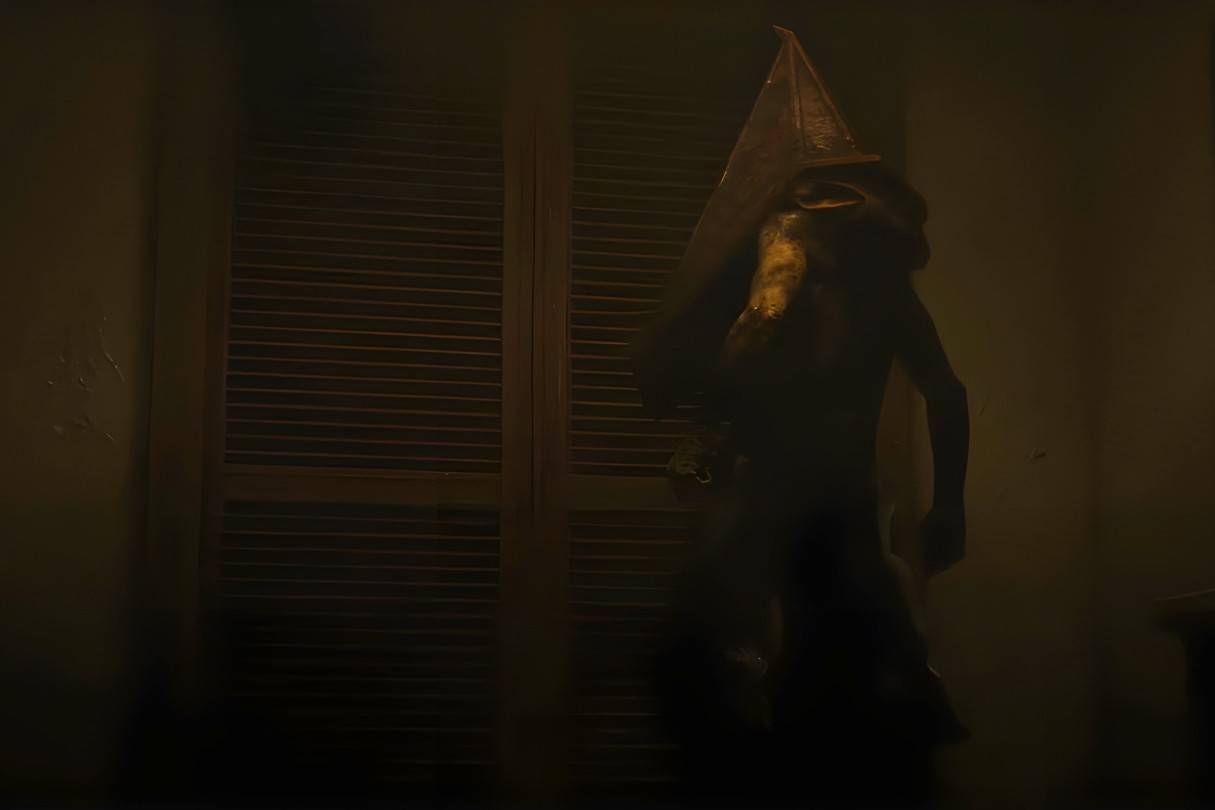 Image: ensigame.com
Image: ensigame.com
Pyramid Head, introduced in Silent Hill 2 (2001), is a haunting embodiment of protagonist James Sunderland's guilt and inner torment. The character, crafted by Masahiro Ito, features a unique hand structure inspired by PS2 hardware limitations, allowing for expressive movement with fewer polygons. Takayoshi Sato describes Pyramid Head as a "distorted memory of the executioners," tying it to Silent Hill's grim history of capital punishment. This creature not only punishes James but also reflects his subconscious desire for retribution, making it a pivotal symbol in the game's narrative.
Mannequin
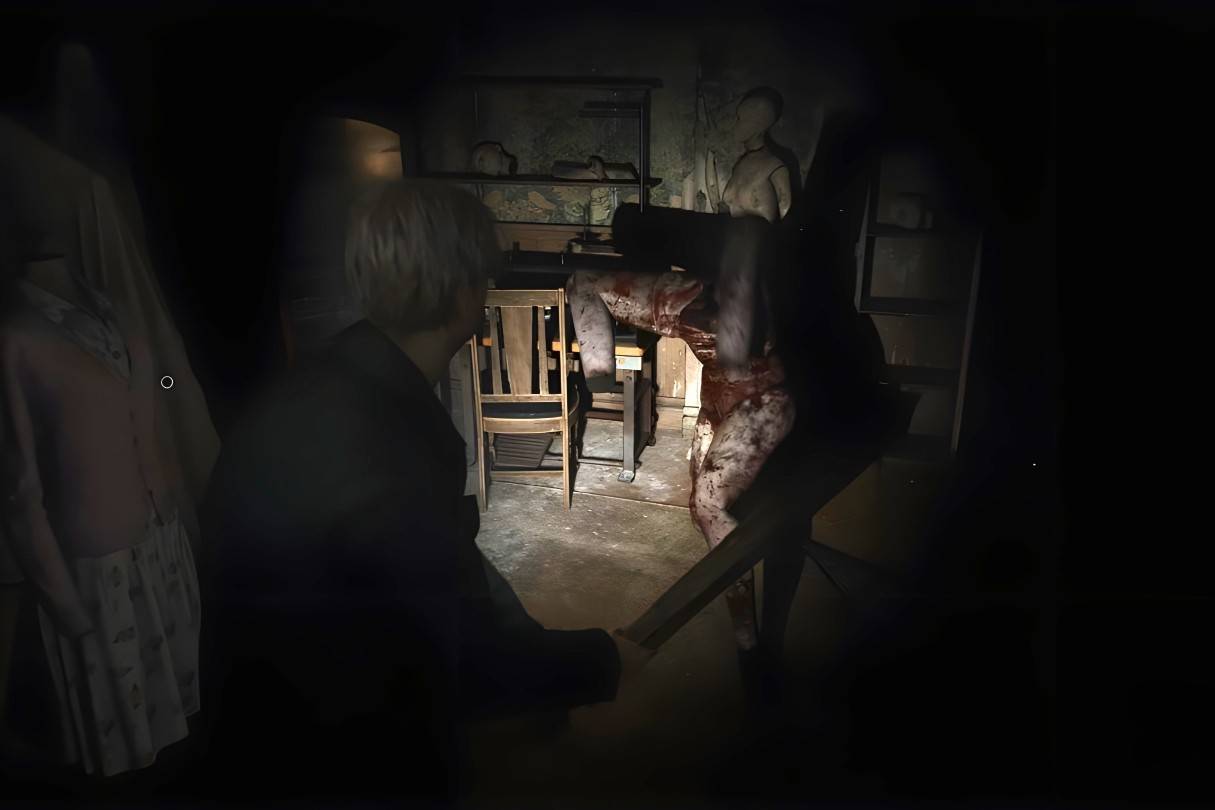 Image: ensigame.com
Image: ensigame.com
The Mannequins, also from Silent Hill 2 (2001), are one of nine manifestations of James Sunderland's subconscious, symbolized by the nine red squares. Designed by Masahiro Ito, their appearance draws from Japanese folklore. These creatures reflect James' repressed memories of his wife Mary's illness, with their leg braces resembling the orthotic devices she used and tubes evoking hospital imagery. Influenced by Freud's psychoanalytic theories, the Mannequins embody James' conflicting emotions of guilt and desire.
Flesh Lip
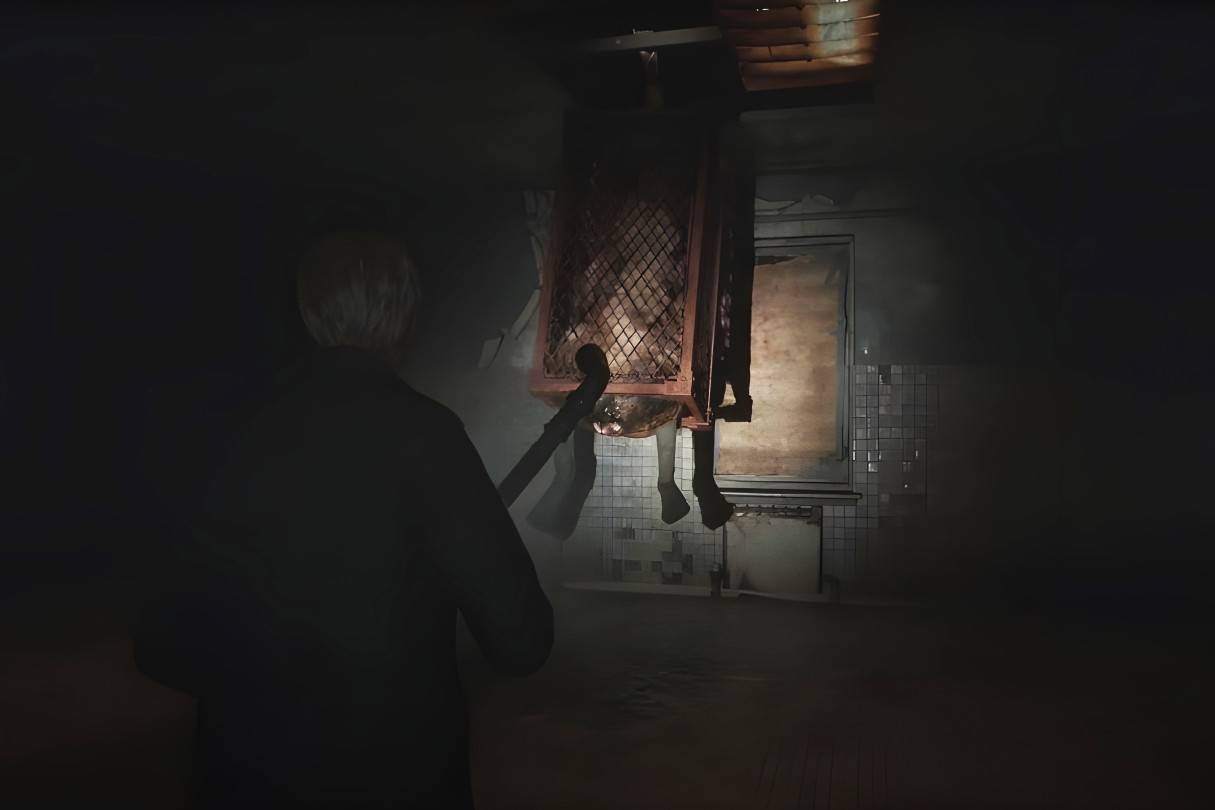 Image: ensigame.com
Image: ensigame.com
The Flesh Lip, introduced in Silent Hill 2 (2001), represents James Sunderland's haunting memories of Mary in her sickbed. Designed by Masahiro Ito, its appearance is inspired by works like Isamu Noguchi's Death (Lynched Figure) and Joel-Peter Witkin's Man with No Legs. The creature's hanging form and raw flesh echo Mary's illness, while the mouth on its abdomen symbolizes her verbal abuse. Notably, creatures with mouths appear in the game only after the Flesh Lip's introduction, emphasizing James' confrontation with painful memories.
Lying Figure
 Image: ensigame.com
Image: ensigame.com
Lying Figures, debuting in Silent Hill 2 (2001), are the first creatures James Sunderland encounters, symbolizing his repressed guilt and memories of Mary's suffering. Their twisted, writhing bodies resemble hospital patients in agony, and their upper torsos look like body bags, symbolizing death. The name "Lying Figure" refers to both Mary's sickbed and her corpse, deeply intertwining with James' emotional state.
Valtiel
 Image: ensigame.com
Image: ensigame.com
Valtiel, introduced in Silent Hill 3 (2003), is tied to the town's cult, the Order. His name, combining "valet" (French for "attendant") with the angelic suffix "-el," signifies "Attendant of God." Unlike most creatures in the series, Valtiel is an independent entity serving God, rather than a manifestation of a character's psyche. His masked, robed form resembles a surgeon, reinforcing his role in overseeing Heather's transformation into the "mother" of God.
Mandarin
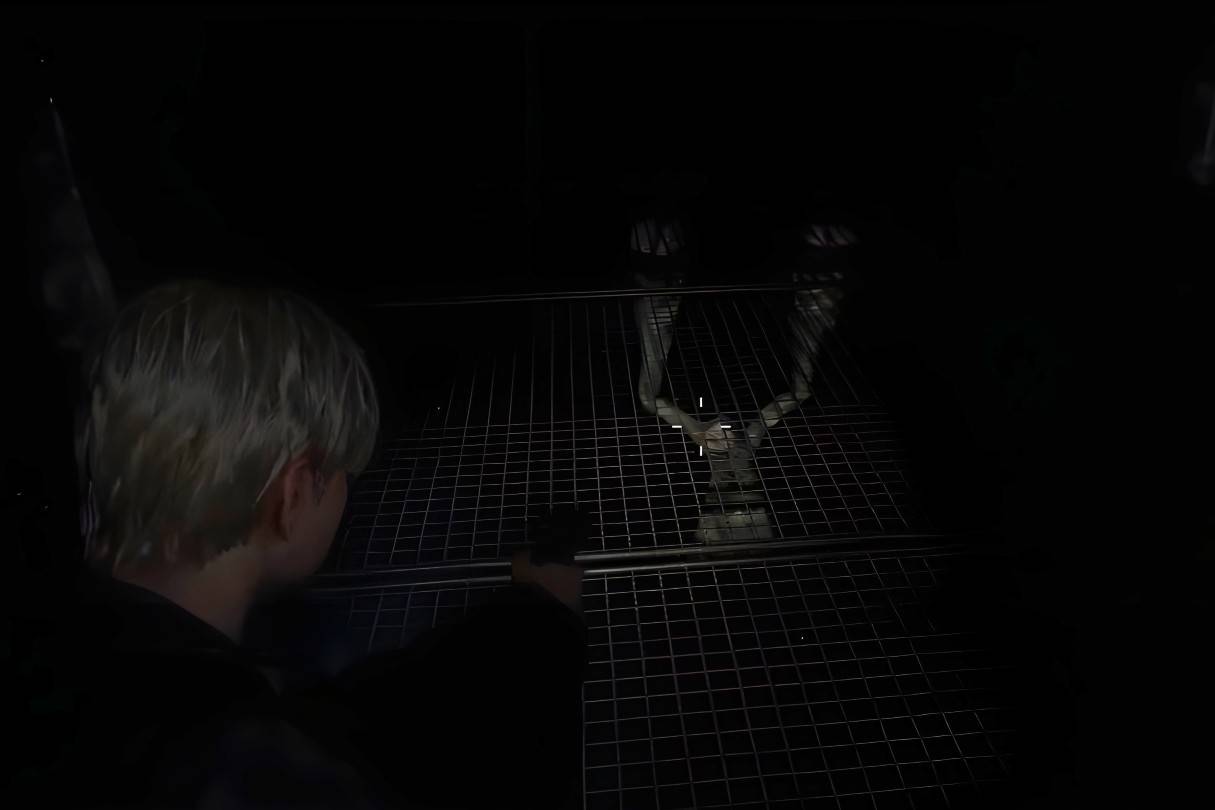 Image: ensigame.com
Image: ensigame.com
Mandarins, from Silent Hill 2 (2001), embody James' anguish and memories of Mary's suffering. These grotesque creatures, suspended beneath metal grates, attack with tentacle-like appendages. Their orifice-like mouths align with the game's recurring "mouth" motif, symbolizing Mary's inner turmoil and anger. Being confined below ground, they reflect James' subconscious desire to escape his guilt and pain.
Glutton
 Image: ensigame.com
Image: ensigame.com
The Glutton, featured in Silent Hill 3 (2003), is a massive, immobile creature that blocks Heather Mason's path in the Otherworld Hilltop Center. Referenced in Lost Memories: Silent Hill Chronicle, it links to the fairytale Tu Fui, Ego Eris, where a monster devours those trying to leave their village. The Glutton symbolizes helplessness against fate, mirroring Heather's struggle. The story's resurrected priestess parallels Heather, who as Alessa Gillespie's reincarnation, confronts her past.
Closer
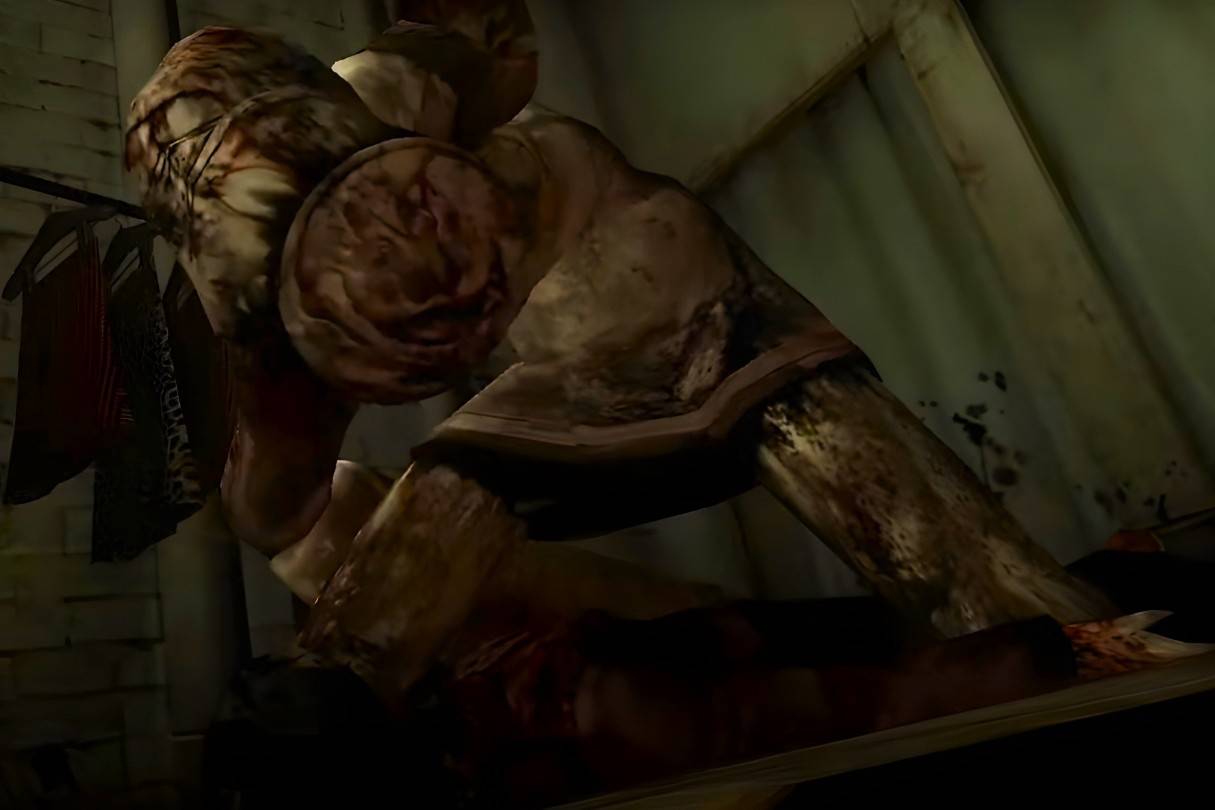 Image: ensigame.com
Image: ensigame.com
The Closer, first appearing in Silent Hill 3 (2003), is the first monster Heather Mason encounters outside her dream. This towering figure with stitched arms and twitching lips attacks with hidden blade-like protrusions. According to Lost Memories: Silent Hill Chronicle, its name reflects its ability to block paths, adding to the game's atmosphere of entrapment and fear.
Insane Cancer
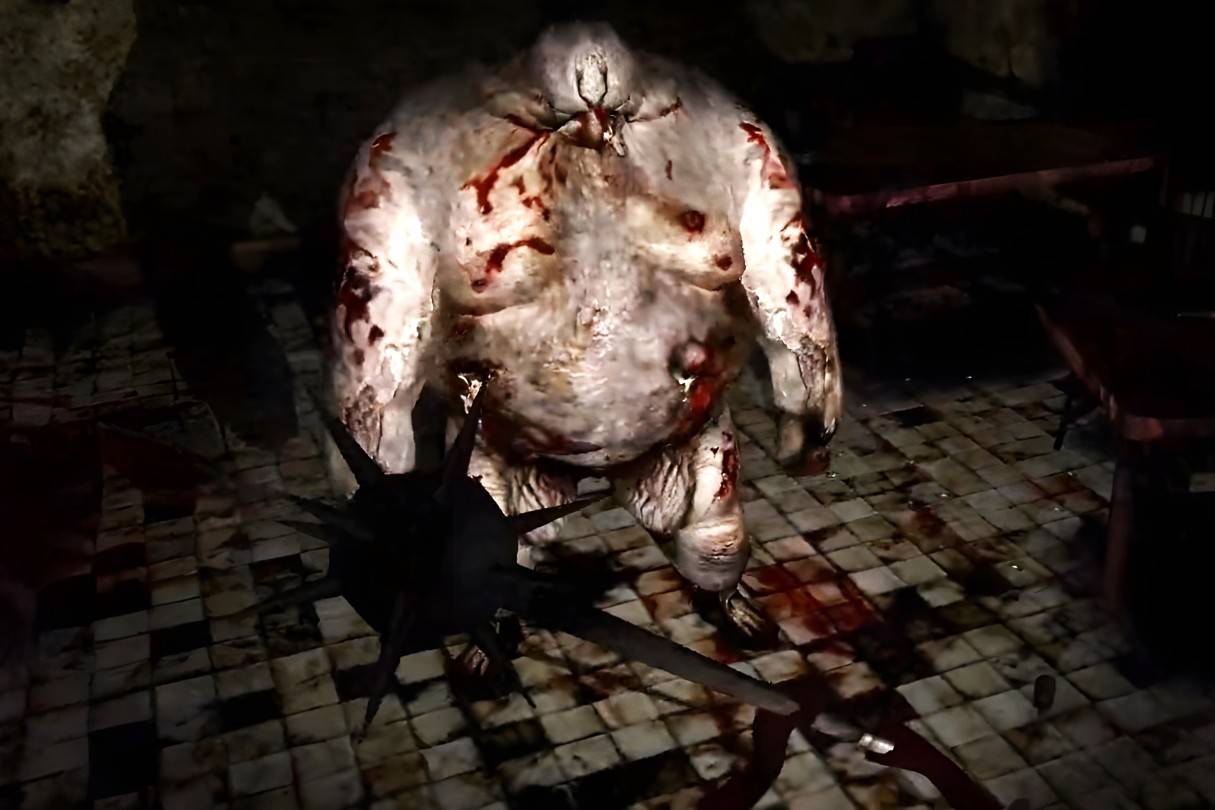 Image: ensigame.com
Image: ensigame.com
Insane Cancer, introduced in Silent Hill 3 (2003), reflects disease and corruption with its grotesque, tumor-like form. Described in The Book of Lost Memories as a "cancer running wild," it may symbolize Silent Hill's spreading evil or Alessa Gillespie's lingering self-loathing, seeing herself as an inescapable "cancer." Its deceptive mimicry of death mirrors Alessa's condition—thought dead but kept alive against her will.
Grey Children
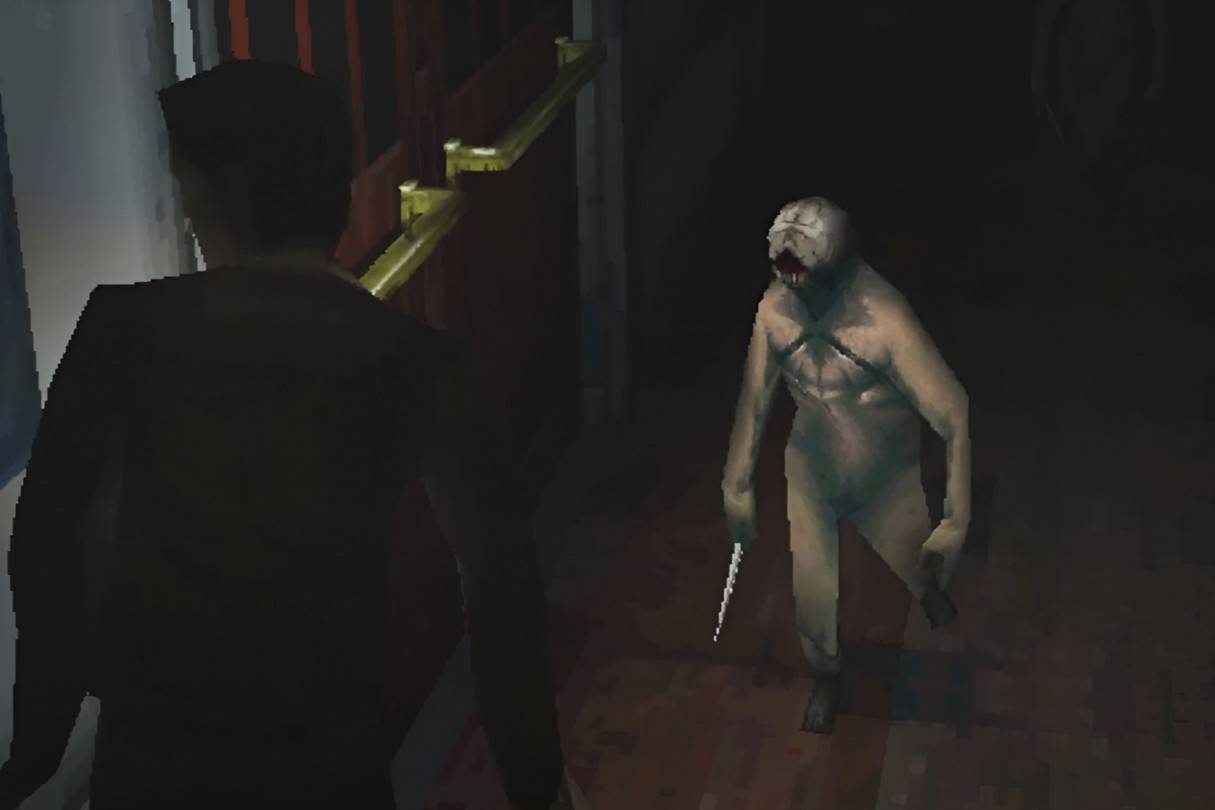 Image: ensigame.com
Image: ensigame.com
Grey Children, also called Demon Children, first appear in Silent Hill (1999). They represent Alessa Gillespie's trauma, embodying her classmates who bullied her, chanting for her to "burn" before her immolation by the cult. Trapped in an eternal childhood, they suffer the same torment Alessa endured, appearing to burn from within as a reflection of her pain and revenge.
Mumblers
 Image: ensigame.com
Image: ensigame.com
Mumblers, introduced in Silent Hill (1999), are small, grotesque creatures that react aggressively to light and emit eerie growls upon detecting Harry Mason. These monsters embody Alessa Gillespie's dark reinterpretation of menacing animals and demons from fairy tales, reflecting her fears and distorted imagination.
Twin Victims
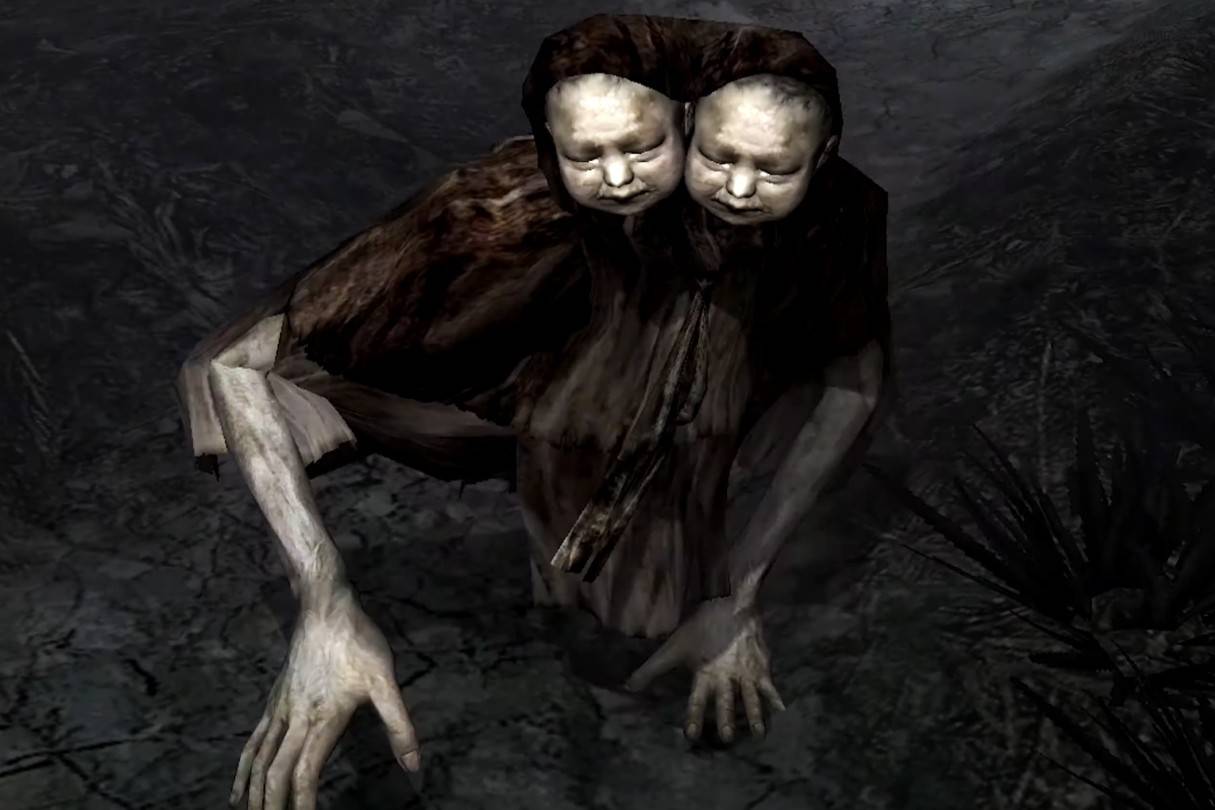 Image: ensigame.com
Image: ensigame.com
Also known as Doublehead, Twin Victims first appear in Silent Hill 4: The Room, encountered in the Water Prison. These creatures manifest Walter Sullivan's seventh and eighth victims, twins Billy and Miriam Locane. Their conjoined nature symbolizes Walter's obsessive attachment to his mother, reflecting the game's theme of distorted familial bonds.
Butcher
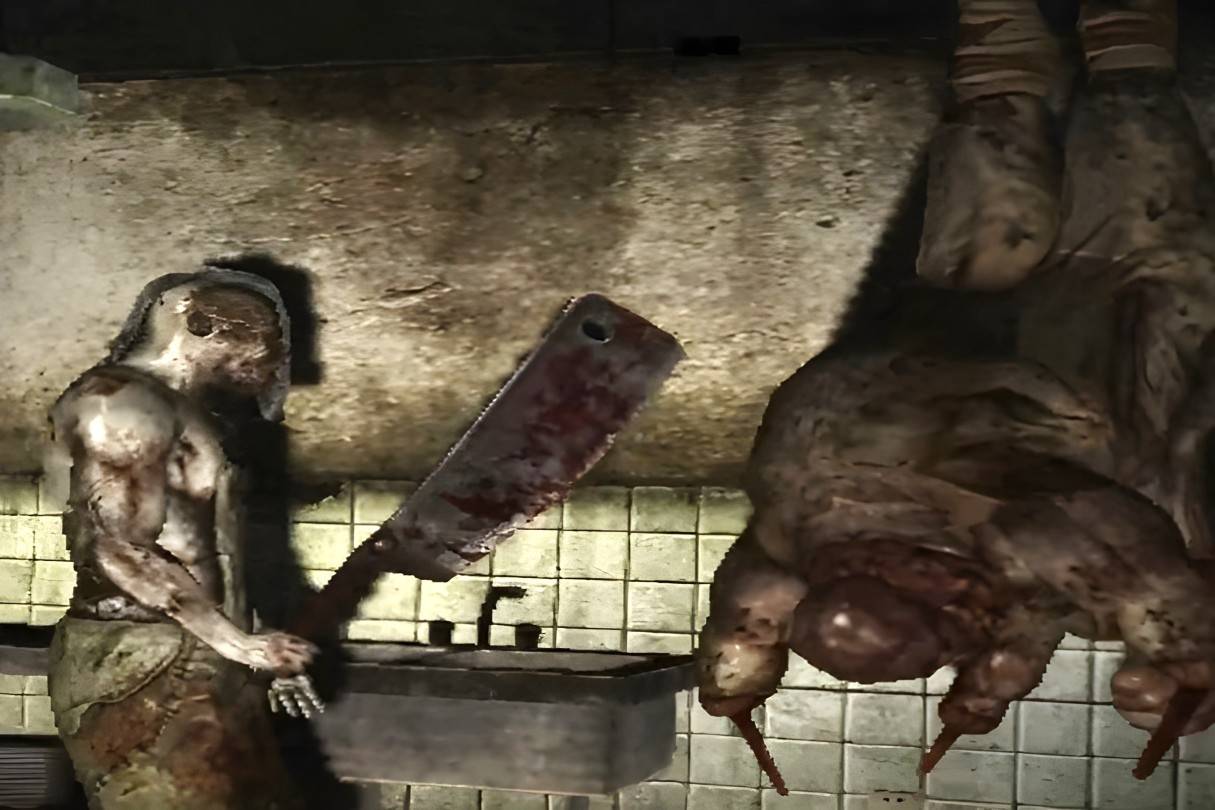 Image: ensigame.com
Image: ensigame.com
The Butcher, a major antagonist in Silent Hill: Origins, represents cruelty and sacrifice, reflecting the Order's brutal rituals and Travis Grady's inner rage. His emotionless slaughter mirrors Travis' potential for violence, influencing the game's Bad ending. The blurred connection between Travis and the Butcher suggests a split personality, with the helmet symbolizing duality—one side blind yet protected, the other exposed and vulnerable. His method of killing may also symbolize repressed anger tied to personal fears.
Caliban
 Image: ensigame.com
Image: ensigame.com
Caliban, a monster in Silent Hill: Origins, first appears as a boss in Artaud Theater. Named after the monstrous figure from Shakespeare's The Tempest, it reflects Alessa Gillespie's fears, particularly her fear of dogs, shaping the Otherworld's horrors. An audio flashback in the game features one of Caliban's famous monologues, reinforcing the connection.
Bubble Head Nurse
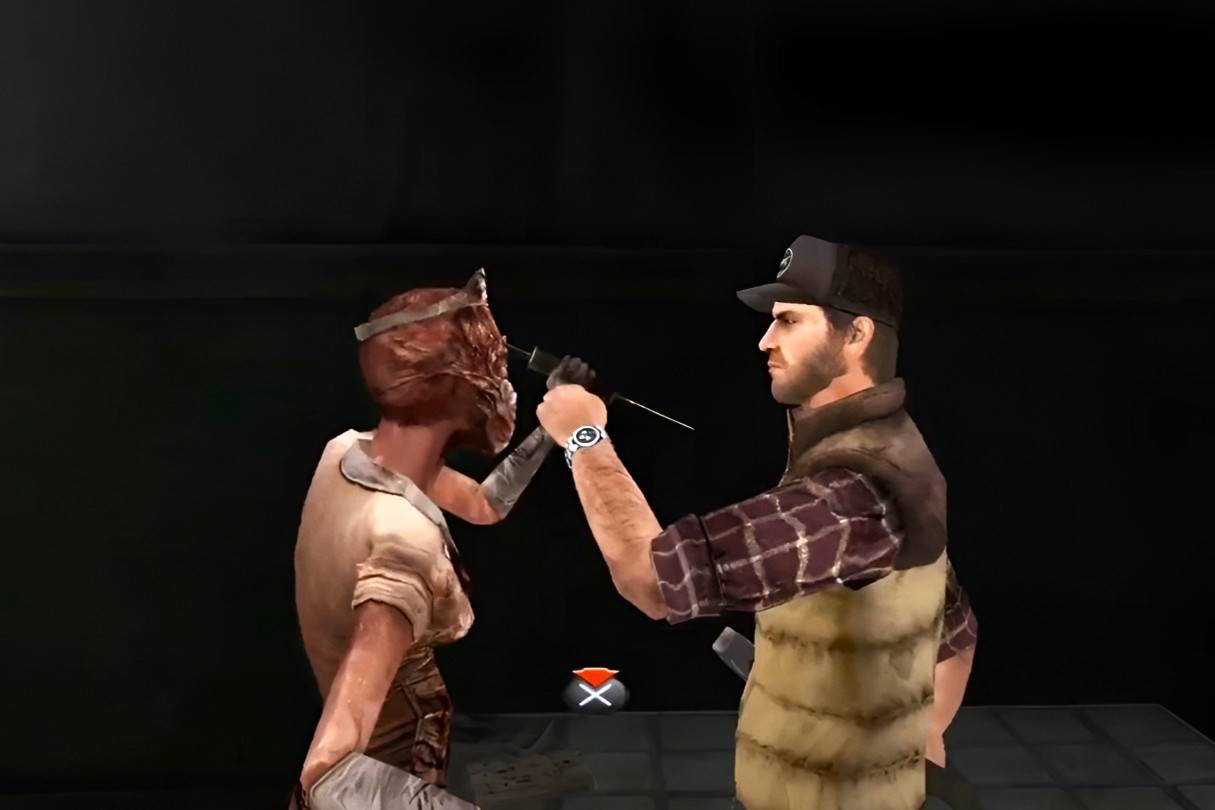 Image: ensigame.com
Image: ensigame.com
Bubble Head Nurse, from Silent Hill 2, manifests James Sunderland's subconscious, symbolizing his guilt and repressed desires. Their swollen, twitching heads, wrapped in liquid-filled masks, represent Mary's illness and suffocation. The baby-like facial features allude to James and Mary's lost dreams of having a child, while the red squares over their mouths reflect Mary's anger and verbal abuse. An Otherworld variant, a late addition to the game, features tattered clothing, spikes, and a grotesque protrusion, serving as a distorted reflection of Mary's suffering.
The monsters of Silent Hill serve as more than just enemies—they are psychological manifestations of fear, guilt, trauma, and repressed emotions. Each creature embodies a unique symbolism, deeply tied to the protagonist's subconscious struggles and the town's dark influence. From James Sunderland's guilt-driven hallucinations to Alessa Gillespie's nightmarish creations, these monsters reflect personal suffering and psychological torment. Their haunting presence reinforces a signature blend of psychological horror, making the series a masterpiece of unsettling storytelling and deep symbolism.
-
 Coloring Kitchen ToolsKitchen Tools Coloring Pages The Kitchen Tools Coloring Book is a creative digital coloring experience perfect for all ages, especially designed for those who love coloring kitchen-themed illustrations. This app features numerous high-quality kitche
Coloring Kitchen ToolsKitchen Tools Coloring Pages The Kitchen Tools Coloring Book is a creative digital coloring experience perfect for all ages, especially designed for those who love coloring kitchen-themed illustrations. This app features numerous high-quality kitche -
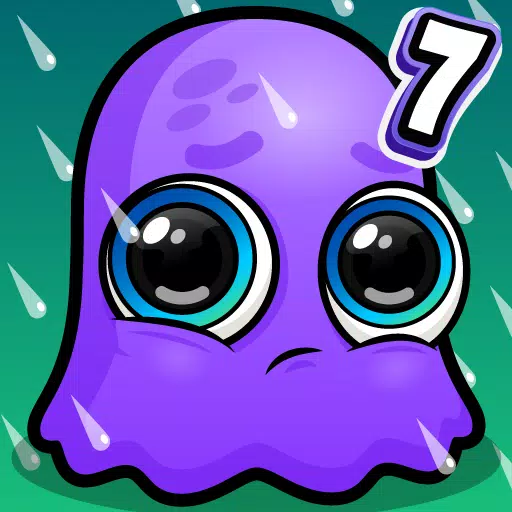 Moy 7 - Virtual Pet GameTake care of your own adorable virtual pet while enjoying a collection of 95+ exciting mini-games!Your favorite fluffy companion returns with Moy 7, featuring exciting new upgrades!This latest version introduces major improvements to the user interfa
Moy 7 - Virtual Pet GameTake care of your own adorable virtual pet while enjoying a collection of 95+ exciting mini-games!Your favorite fluffy companion returns with Moy 7, featuring exciting new upgrades!This latest version introduces major improvements to the user interfa -
 Дром АвтоFind over 600,000 vehicle listings across Russia with VIN verification Our marketplace features both new and pre-owned vehicles available nationwide The Droma database aggregates more than 600,000 listings from private sellers and dealerships acros
Дром АвтоFind over 600,000 vehicle listings across Russia with VIN verification Our marketplace features both new and pre-owned vehicles available nationwide The Droma database aggregates more than 600,000 listings from private sellers and dealerships acros -
 Dinosaur Police:Games for kidsEmbark on an exciting adventure in Dinosaur Police: Games for Kids! Explore the colorful world of Dinosaur Town where crime runs rampant, and only Police T-Rex can restore order. Help T-Rex crack cases by meticulously investigating crime scenes, gat
Dinosaur Police:Games for kidsEmbark on an exciting adventure in Dinosaur Police: Games for Kids! Explore the colorful world of Dinosaur Town where crime runs rampant, and only Police T-Rex can restore order. Help T-Rex crack cases by meticulously investigating crime scenes, gat -
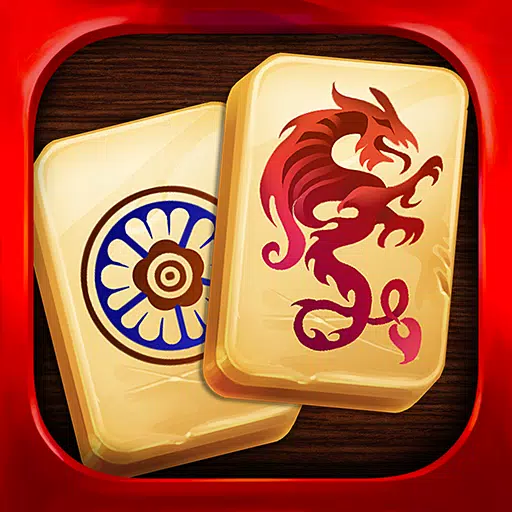 Mahjong TitanHere's your rewritten HTML content following all the specified rules: Experience classic tile-matching with Mahjong Titan, boasting an incredible collection of over 2000 boards! Enjoy diverse tile sets, beautiful themes, and endless entertainment.
Mahjong TitanHere's your rewritten HTML content following all the specified rules: Experience classic tile-matching with Mahjong Titan, boasting an incredible collection of over 2000 boards! Enjoy diverse tile sets, beautiful themes, and endless entertainment. -
 HCM HubEliminate household hassles with the HCM Hub app, your all-in-one platform for maintenance and technical support. Handle everything from furniture fixes and plumbing emergencies to electrical work and compound management. Connect with certified prof
HCM HubEliminate household hassles with the HCM Hub app, your all-in-one platform for maintenance and technical support. Handle everything from furniture fixes and plumbing emergencies to electrical work and compound management. Connect with certified prof
-
 Marvel Rivals Season 1 Release Date Revealed
Marvel Rivals Season 1 Release Date Revealed
-
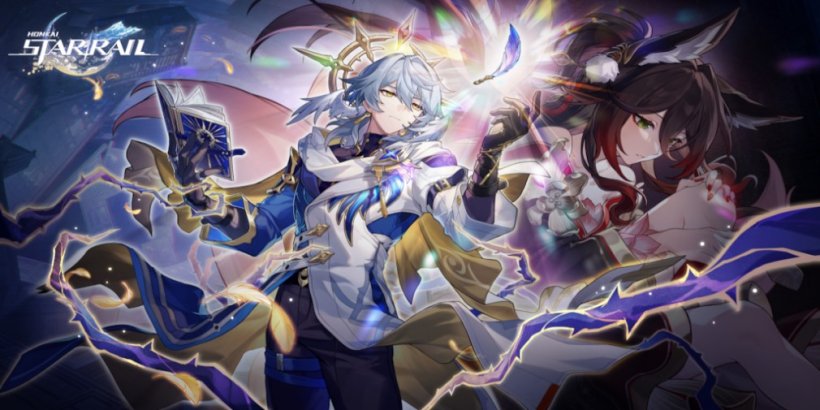 Honkai: Star Rail Update Unveils Penacony Conclusion
Honkai: Star Rail Update Unveils Penacony Conclusion
-
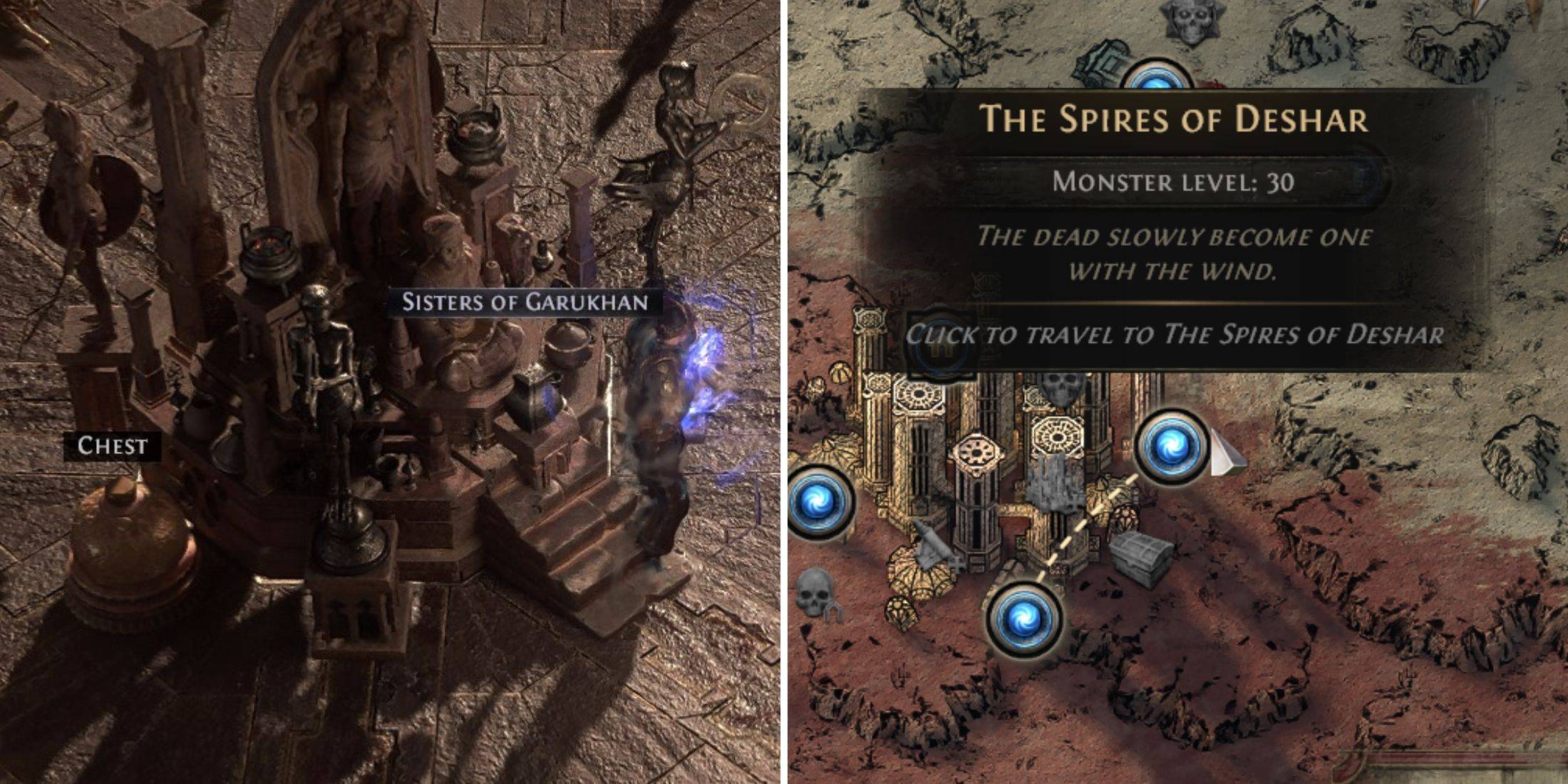 Announcing Path of Exile 2: Guide to Sisters of Garukhan Expansion
Announcing Path of Exile 2: Guide to Sisters of Garukhan Expansion
-
 Sonic Racing: CrossWorlds Characters and Tracks Revealed for Upcoming Closed Network Test
Sonic Racing: CrossWorlds Characters and Tracks Revealed for Upcoming Closed Network Test
-
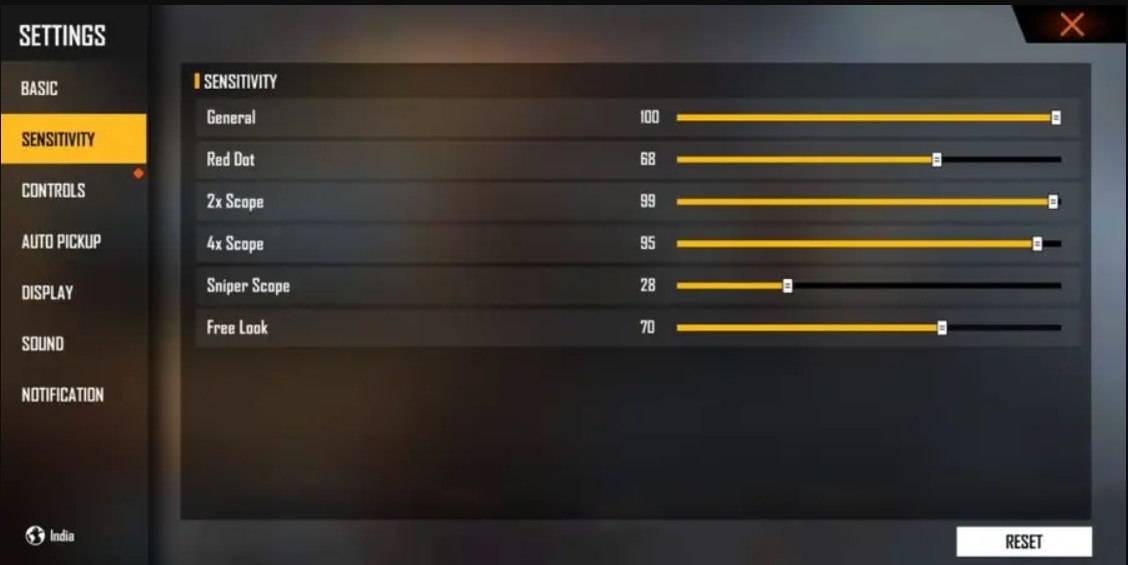 Optimal Free Fire Settings for Headshot Mastery
Optimal Free Fire Settings for Headshot Mastery